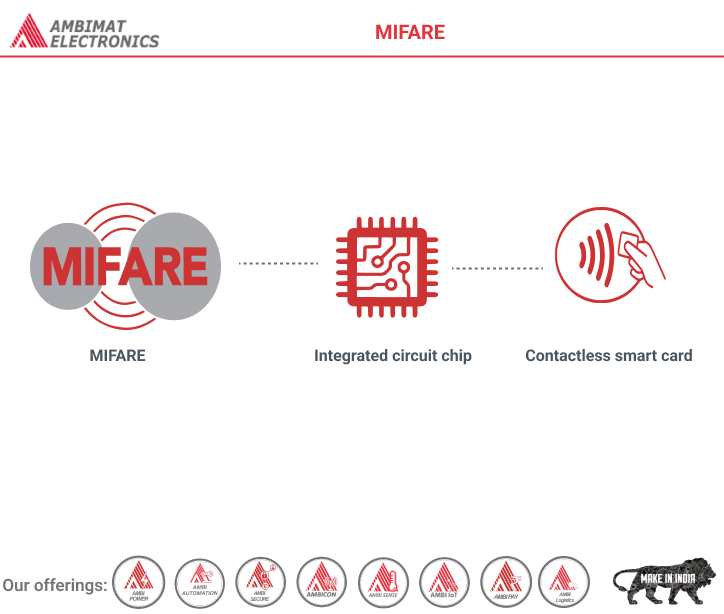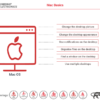Dear Readers,
MIFARE® is NXP’s well-known brand for a wide range of contactless IC products with a typical read/write distance of 10 cm (4 inches) used in more than 40 different applications worldwide. With more than 12 billion contactless and dual interface IC’s sold, MIFARE products are proven and reliable. This huge installed base of MIFARE products enables service providers to expand their offer while reducing the total costs and increasing users’ convenience.
MIFARE products comply with the international standard ISO/IEC 14443, which is used in more than 80% of all contactless smart cards today. Within the MIFARE product families, backward compatibility ensures that the existing infrastructure can be smoothly upgraded to high security and feature levels. To further extend the reach of MIFARE products, the MIFARE4Mobile Industry Group brings applications onto NFC enabled mobile devices. Our latest cloud service solution, the MIFARE 2GO, manages digitized MIFARE product-based credentials which help service providers to issue their services instantly on mobiles and wearables.
In its successful history, MIFARE products have established a reputation and footprint as the contactless solution that delivers convenience, flexibility, and scalability for application developers. Over 1,000 business partners are part of the open MIFARE community and ecosystem.
Our products are MIFARE 2GO, MIFARE DESFire, MIFARE Ultralight, MIFARE Plus, MIFARE Classic, and SmartMX.
About Ambimat Electronics:
With design experience of close to 4 decades of excellence, world-class talent, and innovative breakthroughs, Ambimat Electronics is a single-stop solution enabler to Leading PSUs, private sector companies, and start-ups to deliver design capabilities and develop manufacturing capabilities in various industries and markets. AmbiIoT design services have helped develop Smartwatches, Smart homes, Medicals, Robotics, Retail, Pubs and brewery, Security.
Ambimat Electronics has come a long way to become one of India’s leading IoT(Internet of things) product designers and manufacturers today. We present below some of our solutions that can be implemented and parameterized according to specific business needs. AmbiPay, AmbiPower, AmbiCon, AmbiSecure, AmbiSense, AmbiAutomation.
To know more about us or what Ambimat does, we invite you to follow us on LinkedIn or visit our website.




